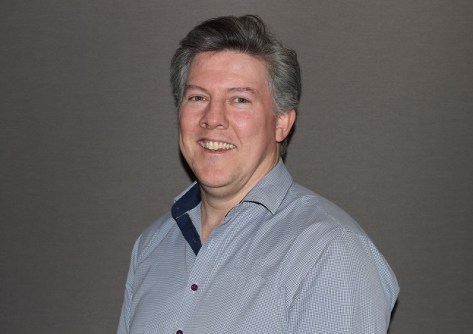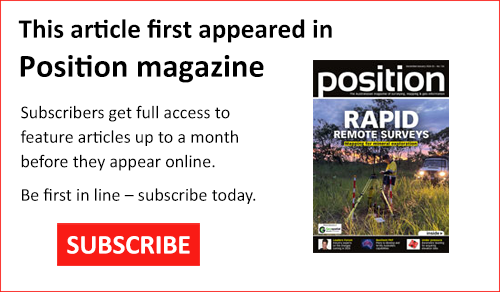
In our annual Leaders Forum, we ask the experts to look ahead into 2025. Today we talk technology with Adam Burke from Aptella.
Adam Burke began his career as a surveyor, then worked for CivilCAD for five years before joining Laserquip, one of Aptella’s founding companies, in 2005. He has benefitted from mentors who prioritised customer service and who got a thrill out of resolving problems through positioning innovation. These remain his core passions and drivers.
What opportunities and challenges do you see in 2025?
The outlook information that we use, indicates a stabler building and construction sector for 2025 and uplift in 2026. There is a strong pipeline for infrastructure projects into next year, and with the skills shortage in the survey profession there is always more work than there are surveyors to do it.
We continue to see an increase of geospatial technology being used by the building sector, partly due to limited surveyor resources, although there are challenges around building trades checking work and not simply accepting the digital design.
Another challenge is how best to ensure quality control over projects with the ever-increasing amount of data, and its speed of capture, from modern instruments such as terrestrial scanners, survey drones and mobile mapping systems.
Machine learning and AI are already showing great benefits in automated feature recognition, data analysis and reporting, albeit with a need for human oversight and verification.
What is your attitude to emerging tech such as AI?
AI is working successfully in many systems such as feature recognition collision avoidance technology to protect human life. The potential of AI as a business and productivity tool is exciting and there is no doubt its reach and sophistication will continue to grow.
However, for most businesses there are still some important aspects to work through before the benefits can really be harnessed. Creating some rules of engagement to get the right balance for employees about when and where to use it whilst mitigating any IT or copyright risks, is important. So too is agreeing on where it can add value, because the options are seemingly endless! Like any technology, it is about learning where it adds maximum efficiency and productivity and how best to enable people with the skills and capacity to use it effectively.
Can and should the geospatial sector work more co-operatively?
There are many good examples of existing collaborative alliances sharing expertise and IP, such as the recent alliance between u-blox and Topcon for improved global positioning infrastructure.
The demand for and use of positioning, machine control and automation technology continues to expand faster than the capacity of the survey profession to provide all the services. So, easy-to-use systems that automate and integrate many positioning procedures directly into construction processes (e.g. machine control substituting traditional set out) continue to expand. There is a continuing need for collaboration between stakeholders to deploy such systems to lift productivity without sacrificing quality and accuracy; a surveyor’s role to control and certify quality and accuracy remains crucial.
Collaborating to work alongside the building trades, engineers, consultants, contractors and others is a key area. At Aptella we are helping to connect our customers through tailored data services, while simultaneously collaborating with tertiary education institutions to ensure next-gen users are trained on the most recently released systems.
What excites you about this sector and your role in it?
The explosion of mass data capture, and innovations in automation and robotics, is exciting. It’s a privilege to be at the cutting edge and the conduit between the innovators and our customers. Working with newer customers in the building trades and hearing their delight at becoming proficient in the use of positioning tools has been a particular highlight.
What are your organisation’s plans for 2025?
Continuing to seek the latest and greatest innovations from around the world to support our customers. Also, enabling the rollout of autonomy, robotics and IoT applications through our AllDayRTK team, who collaborate with public and private sector initiatives to ensure Australia is well-placed to deploy solutions at scale through robust, accurate and readily available positioning infrastructure.







